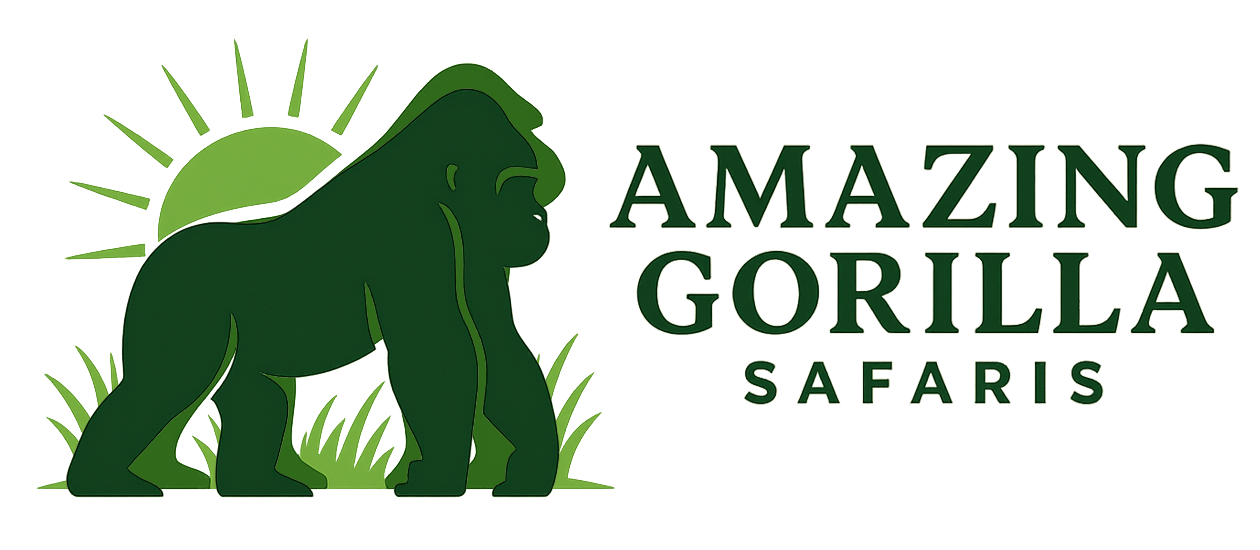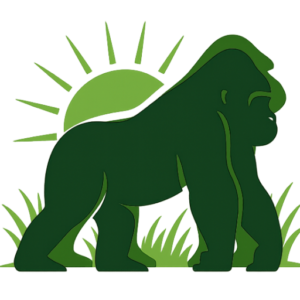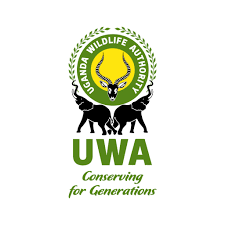Virunga National Park: Africa’s Oldest and Wildest Protected Treasure
In the rugged eastern reaches of the Democratic Republic of Congo lies Virunga National Park, a place of extraordinary beauty, resilience, and significance. Established in 1925, Virunga is not only Africa’s oldest national park but also one of the most biologically diverse landscapes on the planet. Spanning over 7,800 square kilometers, the park is a UNESCO World Heritage Site, where snowcapped mountains, active volcanoes, lava plains, savannahs, and tropical forests converge to create a mosaic of ecosystems unlike anywhere else in the world.
Virunga is best known as one of only three places on Earth where travelers can encounter the endangered mountain gorilla. Trekking through its misty montane forests to sit quietly among these gentle giants is an experience as moving as it is rare. The gorilla families of Virunga, protected by dedicated rangers and trackers, are central to the park’s identity. Observing a silverback as he watches over his group, juveniles tumbling playfully, and mothers nurturing their infants is an encounter that imprints itself on the memory of every visitor.
But Virunga is not only about gorillas. Its landscapes are home to an astonishing range of wildlife—chimpanzees, forest and savannah elephants, lions, hippos, okapis, and over 700 species of birds. Few parks in Africa offer such a diversity of habitats and species within a single protected area. The park’s rivers and wetlands harbor some of the largest hippo concentrations in the world, while its volcanic slopes are alive with primates, hornbills, and orchids. Each corner of Virunga feels like a different world waiting to be explored.
One of the park’s most dramatic features is Mount Nyiragongo, one of the world’s most active volcanoes. Until its eruption in 2021, Nyiragongo drew adventurers from across the globe who climbed to its summit to peer into the largest lava lake on Earth—a vast, glowing pool of molten fire that seemed to belong to another planet. While access to the crater remains suspended for safety, Nyiragongo continues to define Virunga’s skyline and stands as a symbol of the park’s untamed spirit. Nearby, Mount Nyamuragira, another active volcano, also dominates the landscape, reminding visitors of the geological forces that shaped the Great Rift Valley.
Beyond its natural wonders, Virunga is also a story of people and protection. For decades, the park has faced threats from conflict, poaching, and exploitation, yet it has endured through the dedication of its rangers—many of whom have given their lives to safeguard its wildlife. Community-based tourism and conservation initiatives are helping ensure that the park not only survives but thrives, creating opportunities for local people and securing a future for this irreplaceable wilderness.
Traveling to Virunga is an adventure in itself. It is less polished and less visited than its gorilla-trekking neighbors in Uganda and Rwanda, but that is precisely what makes it so powerful. The sense of discovery, solitude, and authenticity is unmatched. To stand in Virunga is to witness Africa in its rawest form—majestic, fragile, and full of promise.
For those willing to venture to this corner of the Congo, Virunga National Park offers an experience unlike any other: a journey into a place where volcanoes breathe fire, gorillas guard their families in ancient forests, and humanity’s greatest conservation battles are being fought on the frontlines of Africa’s wilderness.




